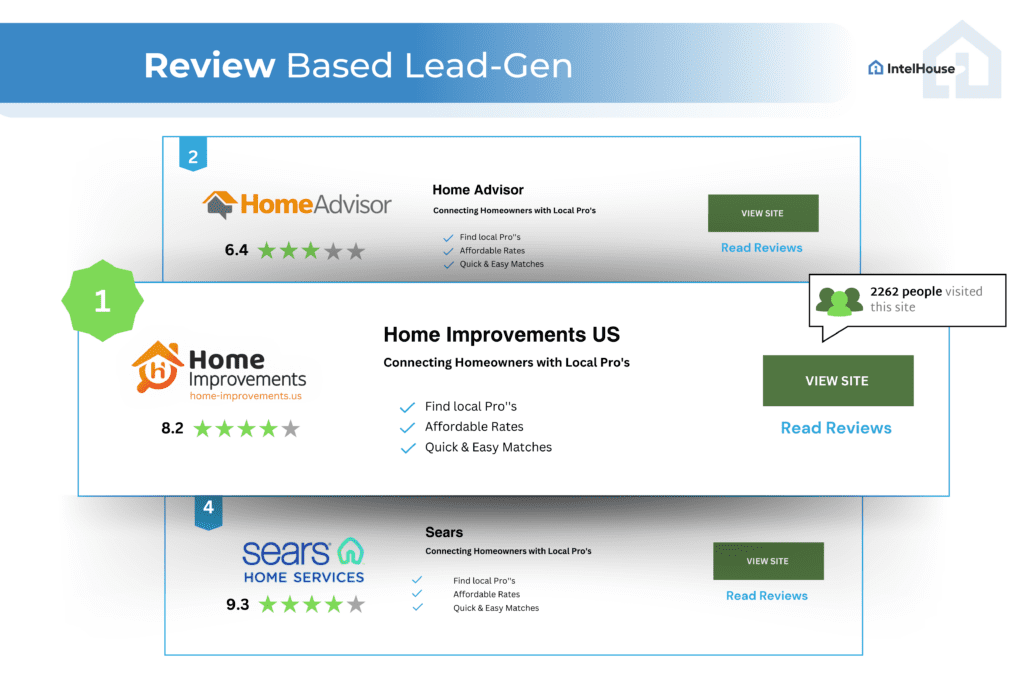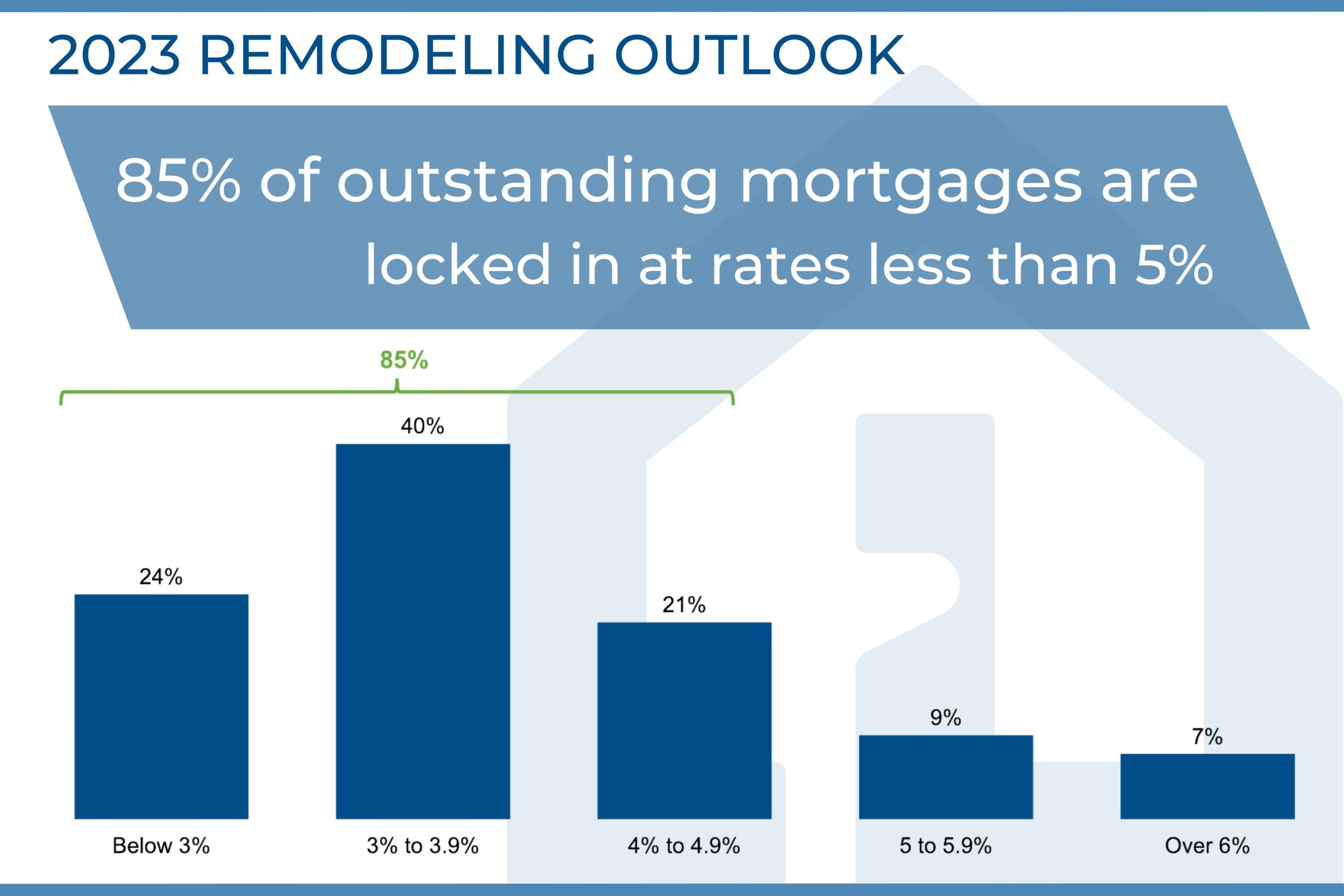Lead Generation on Comparison Review Websites: A Guide for Home Improvement Advertisers Seeking Quality Leads
Comparison review sites have surged in popularity over the past decade, with platforms like Yelp leading the charge. These platforms have become instrumental in shaping consumer decisions, from choosing the best local Italian restaurant to finding a reputable plumber. But how exactly do these sites operate? Let’s dive in.
1. User-Centered Content:
At the heart of any review site is user-generated content. Users register on the platform and post reviews about businesses they’ve interacted with. These reviews often include text, photos, ratings, and sometimes even videos detailing the user’s experience.
2. Business Listings:
Most review sites allow businesses to claim or create their listings. This typically involves adding essential details like business hours, contact information, services offered, and photos. Some platforms, including Yelp, offer free listings but also have premium features available for businesses to enhance their profiles or promote themselves more prominently.
3. Rating Systems:
A central feature of review sites is their rating system, usually on a scale (e.g., 1 to 5 stars on Yelp). Ratings give a quick snapshot of user satisfaction. The overall rating for a business is typically an average of all received ratings
Yelp computes an average of all the star ratings a business has received to determine its overall rating. This overall rating is displayed prominently on the business’s Yelp page.
For instance, if a business has received three reviews with ratings of 3, 4, and 5 stars, its average rating would be (3 + 4 + 5) ÷ 3 = 4 stars.
4. Algorithms and Ranking:
Review sites use algorithms to determine the order in which businesses appear in search results. Several factors play a role, including the business’s overall rating, the number of reviews, the recency of reviews, and more. Some platforms also consider paid promotions or advertisements in their rankings.

5. Verification and Moderation:
To maintain the integrity of their platforms, many review sites have systems in place to verify genuine reviews and filter out fake or biased ones. Yelp, for instance, uses automated software to recommend certain reviews and not others based on their quality, reliability, and user activity.
6. User Interaction:
Beyond simply reading reviews, users can interact with content in various ways, such as liking a review, commenting on it, or marking it as useful. These interactions provide additional context and can influence which reviews are seen as more trustworthy or helpful by other users.
7. Monetization and Advertising:
Like most online platforms, comparison review sites need to generate revenue. Many do so through advertising. Businesses can pay for ad placements to appear at the top of search results or on competitors’ pages. Some platforms also offer premium features to businesses for a fee, which might include advanced analytics, more prominent placements, or additional advertising opportunities.
Conclusion:
For home improvement advertisers looking to optimize their lead quality, comparison review websites offer a strategic advantage. By combining transparency, direct engagement, and real-time feedback, these platforms ensure that advertisers can consistently attract and convert high-quality leads in a competitive market. The future of lead generation in the home improvement sector will be increasingly centered on platforms that prioritize quality over quantity, and comparison review websites are leading this evolution.
For more information about our service offerings and how IntelHouse can help your business grow using the most optimal marketing strategy for your business, please contact a member of our team for a quick consultation.
Schedule Meeting or contact our sales team: sales@intelhouse.net


